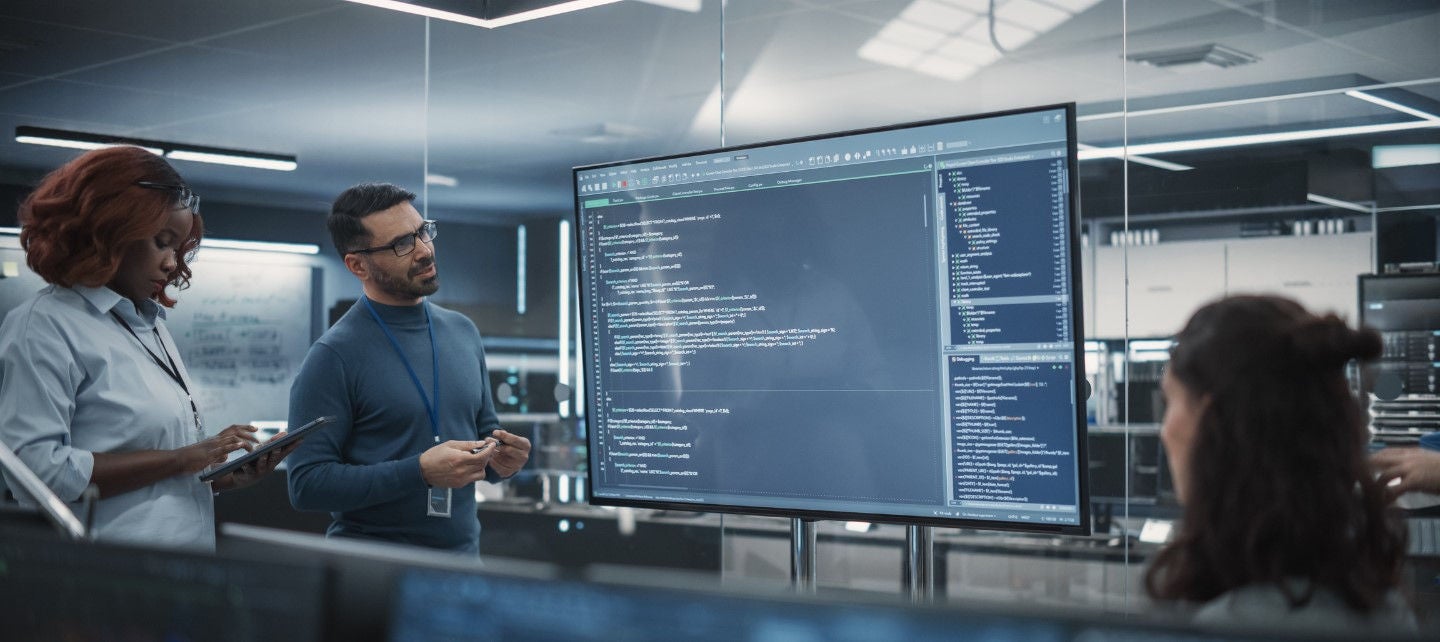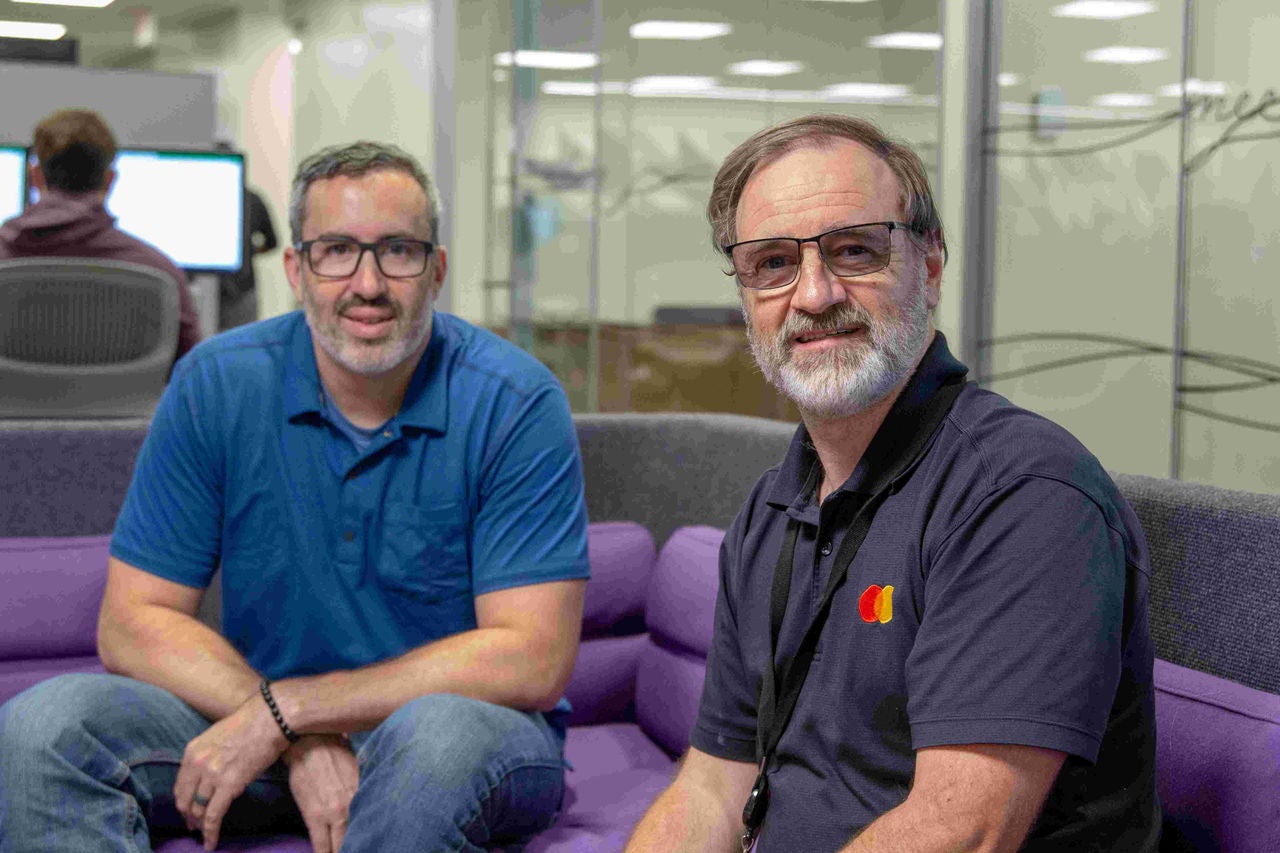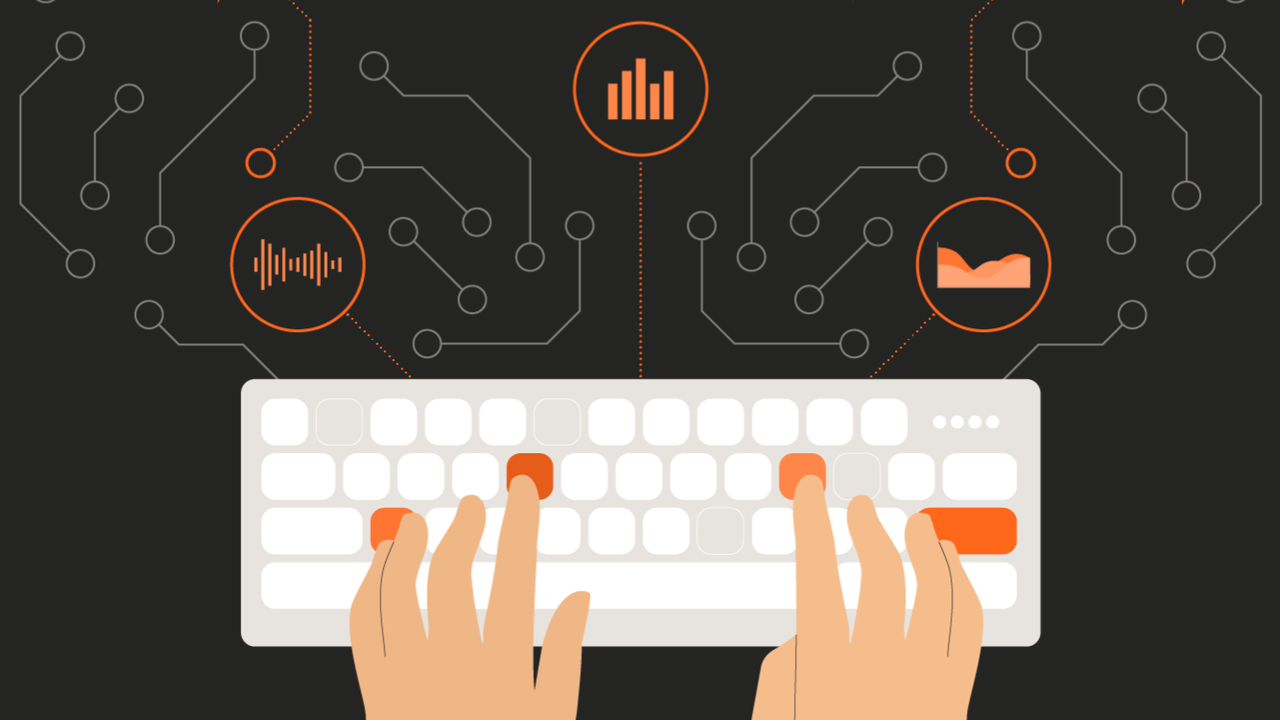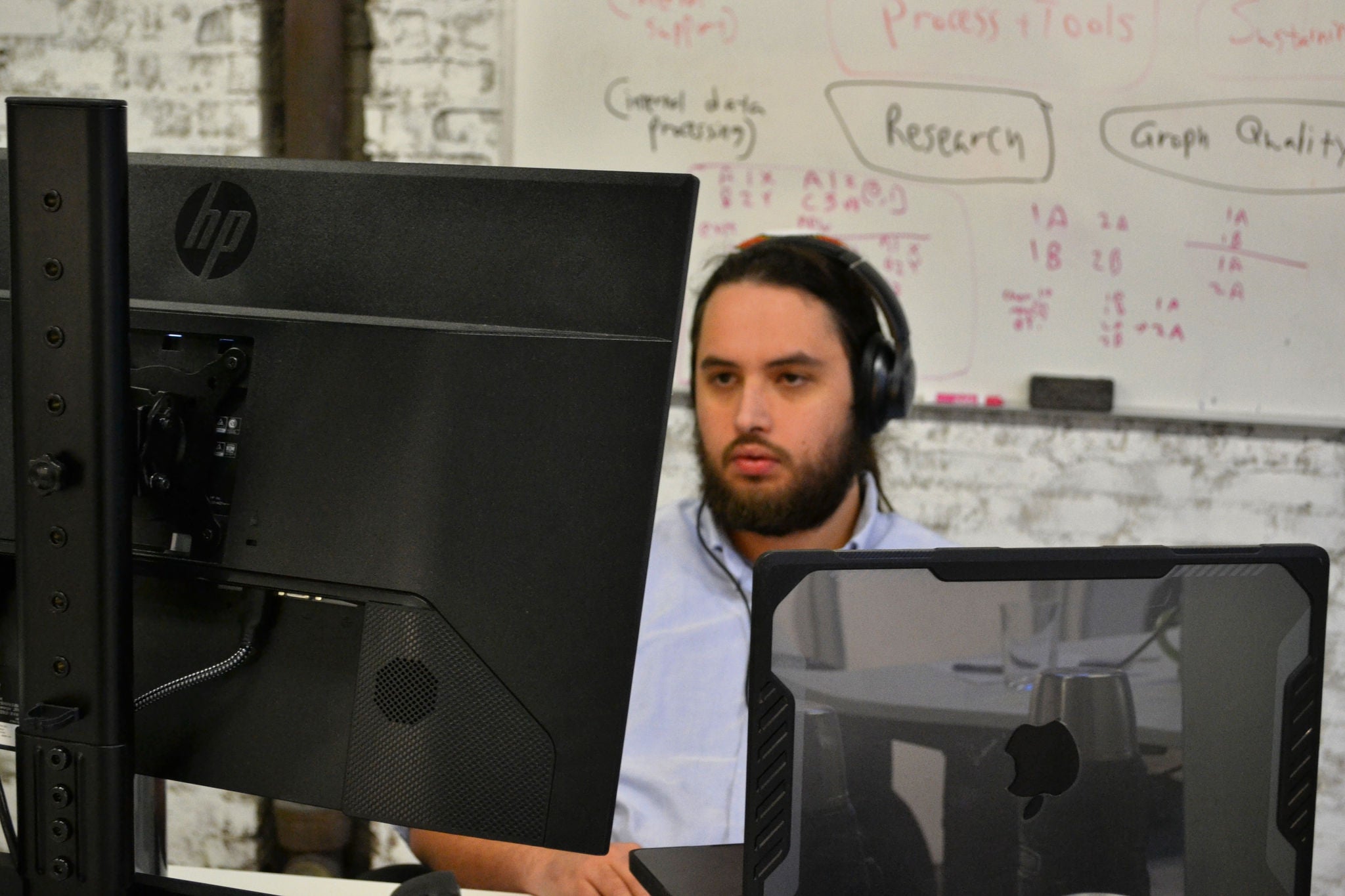A few years ago, a tourist in Mexico used his credit card to withdraw cash from an ATM. When he got home and looked at his card statement, he saw that the card had also been used to purchase several pieces of jewelry. This was strange: Not only had he not bought anything with the card on vacation, the transaction had happened five minutes after the ATM withdrawal — at a store on the other side of the country.
Fortunately, after reviewing his case, a team at his bank agreed that — although their AI fraud detection tools had not flagged the purchase as suspicious — it was highly unlikely that he had bought the jewelry himself, so they refunded the purchase. As they dug further, the team determined that scammers had probably stolen his credit card information from a reader hidden in the ATM and sent it to an accomplice on the opposite coast.
The ease, speed and anonymity of modern payments has given rise to fraud schemes like this on a scale that’s impossible for humans to keep pace with. Fortunately, they don’t have to, since AI applications now monitor every transaction and keep watch over the entire card network for attacks. These AI models sort through data more efficiently than any human could.
Mastercard has been harnessing AI for years for fraud detection and currently uses it to secure more than 159 billion transactions annually, preventing billions of dollars in fraud losses. Last year, Mastercard acquired Recorded Future, which uses AI to analyze millions of data points daily, identifying patterns and anomalies that signal potential threats.
But as much as humans need AI, AI also needs humans. While automated tools do the grunt work, for the results to be useful, developers must continually supply real-life context — by identifying new types of fraud, determining how to prevent it without disrupting the larger network and programming the new rules into the algorithm. This human input is what turns raw AI power into relevant and practical intelligence.
As AI and machine learning models grow more powerful, it’s tempting to believe that technology alone can outpace today’s cybercriminals, says Mastercard’s Johan Gerber, global head of Security Solutions. “But behind every alert, anomaly or flagged transaction is a crucial, incremental layer that algorithms can’t replicate: human judgment. When human judgement is combined with AI, that is what makes it truly effective and ensures it remains responsible.”




